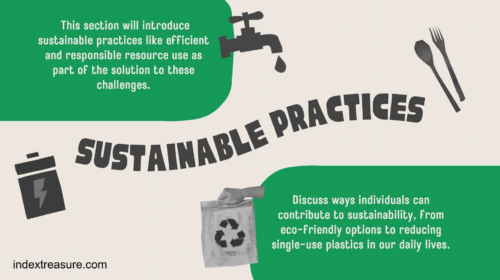Let’s talk about eco-friendly decking materials in the US.
Introduction:
In outdoor living spaces, decking materials are very important. We matter for looks and the environment. As sustainability gains prominence, choosing decking materials becomes crucial for homeowners.. It sheds light on their environmental attributes, benefits, and considerations. Homeowners can choose from recycled plastics, sourced wood, and composite materials. We can use these to cut their ecological footprint. We can also use them to improve the beauty and longevity of their outdoor spaces. Join us as we delve into the world of sustainable decking for a greener future.
Understanding Sustainable Decking
Sustainable decking prioritizes materials that are responsible. We are responsible for the whole life cycle. We are responsible from getting to disposing or recycling. Many options meet these criteria. We offer durability, beauty, and little environmental harm. Wood from sources, like FSC-certified lumber, helps forests and wildlife. Recycled plastic decking repurposes waste materials, reducing landfill burden and conserving resources. Innovative composite materials combine recycled plastics with natural fibers or bamboo. We offer strength and low maintenance while reducing reliance on new plastics. Aluminum decking boasts longevity, recyclability, and resistance to rot and insects. Each material has unique benefits. Homeowners can choose based on their preferences, budget, and environmental priorities. By choosing sustainable decking, individuals reduce environmental harm. We also get functional and attractive outdoor living spaces.
Popular Sustainable Decking Materials
⦁ Composite Decking: Comprised of recycled wood fibers and plastic, composite decking mimics the appearance of traditional wood without the environmental drawbacks.
Durable, low-maintenance, and resistant to rot and insects.
⦁ Bamboo Decking: Known for its rapid growth and renewability, bamboo is a sustainable alternative to traditional wood.
Naturally resistant to pests and weather conditions, making it a durable option for decking.
⦁ Recycled Plastic Decking: Utilizes post-consumer plastics, diverting waste from landfills.
Resistant to rot, decay, and insects, offering a long lifespan.
⦁ Modified Wood Decking: Involves treating wood with non-toxic substances to enhance durability and resistance.
Sourced from sustainably managed forests, minimizing environmental impact.
Environmental Impact Considerations
⦁ Life Cycle Analysis: Assessing the entire life cycle of a decking material, from raw material extraction to disposal, is crucial in determining its overall environmental impact.
⦁ Resource Sourcing: Understanding where materials come from is vital. Sustainable options often involve responsibly managed forests, recycled content, or rapidly renewable resources.
⦁ Energy Consumption: Examining the energy footprint of the production process provides insights into the material’s environmental friendliness.
Benefits of Sustainable Decking
https://youtu.be/ppWaqd3_OVM?si=y5cLSD47evrYpoBV
⦁ Reduced Environmental Footprint: Opting for sustainable materials helps conserve natural resources and reduces the carbon footprint associated with decking.
⦁ Longevity and Durability: Many sustainable decking materials offer excellent durability, leading to longer lifespans and reduced need for replacements.
⦁ Low Maintenance: Sustainable options often require less maintenance, contributing to a hassle-free outdoor living experience.
Challenges and Considerations
Cost Considerations:
While initial costs may be higher for some sustainable materials, the long-term benefits in terms of durability and environmental impact often outweigh the upfront investment.
Local Availability:
The availability of certain sustainable materials may vary regionally, influencing the feasibility of using specific options.
Conclusion:
To create a sustainable outdoor living space, you need the right decking material. Homeowners can explore many sustainable options in the US. We can understand the options’ environmental impacts. This will let them make informed decisions that match their values. We can also create a beautiful and lasting outdoor retreat.


